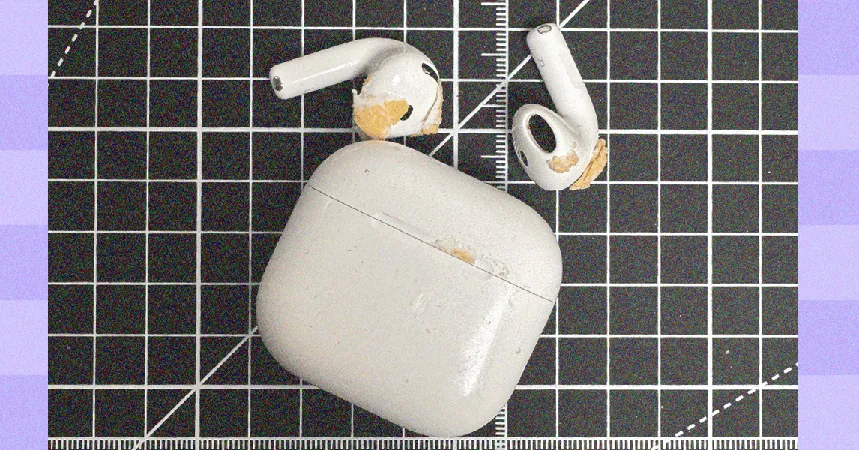
Unlocking the Flavor Connection: How Smell Tricks Your Brain into Tasting
2025-09-15
Author: Liam
Did you know that your sense of smell can significantly affect how you perceive taste? It's a common experience: when you're stuffed up from a cold, your food can taste surprisingly bland. This phenomenon emphasizes the deep connection between our olfactory (smell) and gustatory (taste) senses.
The Science Behind Taste and Smell
When you eat, your taste buds spring into action, but that's just half the story. As you chew, aromas from your food waft up through your mouth to the back of your nose—a process called "retronasal smelling." This interaction creates what we know as flavor, merging both taste and smell in your brain.
Interestingly, new research reveals that just smelling food can trigger a brain response akin to actually tasting it, even if you've consumed nothing at all!
Groundbreaking Research Reveals Intriguing Patterns
To explore this connection, researchers conducted a study involving 25 participants. They were given drinks that evoked various sweet and savory flavors, such as golden syrup and bacon. Participants then had to memorize visual cues associated with these flavors, reinforcing their flavor connections.
Next, brain scans using functional magnetic resonance imaging (fMRI) helped scientists observe how the brain reacted to these single sensory inputs—either just taste or just smell.
The Brain’s Flavor Hub: The Insula
The study uncovered that the insula, the brain's primary taste center, displayed distinct responses to both sweet and savory tastes, as well as aromas. Most notably, the patterns for odor closely mirrored those for taste, suggesting that when something sweet is smelled, the brain reacts similarly as if one had just taken a bite.
This discovery sheds new light on the complexities of the insula, previously considered solely a taste-processing region. It now appears to be more sophisticated, integrating various sensory components to create a holistic flavor experience.
Implications for Food and Health
These groundbreaking findings could revolutionize food and beverage development, paving the way for innovative products that leverage aromas to mask unhealthy ingredients, like excess sugar or salt. Understanding this sensory interplay could also help people with diminished smell, like those suffering from anosmia, as they may develop unique flavor preferences.
What’s Next? Exploring Orthonasal Smelling
The research team is now embarking on a follow-up study to see if similar responses occur during orthonasal smelling—smelling scents through the nose by sniffing—as it plays a crucial role in food anticipation and hunger regulation.
Understanding how odors influence our eating patterns could unlock techniques for managing cravings and improving dietary choices.
The Flavor Connection—A La Carte!
As repeatedly exposed to an aroma without actual tasting, the brain's flavor response may weaken over time, highlighting the importance of occasionally reinforcing these connections. This cutting-edge research opens exciting avenues for influencing not only our tastes but also our overall eating behavior.
Stay tuned as science continues to unravel the delightful, complex relationship between taste and smell. Who knows how these findings might change your next meal!









 Brasil (PT)
Brasil (PT)
 Canada (EN)
Canada (EN)
 Chile (ES)
Chile (ES)
 Česko (CS)
Česko (CS)
 대한민국 (KO)
대한민국 (KO)
 España (ES)
España (ES)
 France (FR)
France (FR)
 Hong Kong (EN)
Hong Kong (EN)
 Italia (IT)
Italia (IT)
 日本 (JA)
日本 (JA)
 Magyarország (HU)
Magyarország (HU)
 Norge (NO)
Norge (NO)
 Polska (PL)
Polska (PL)
 Schweiz (DE)
Schweiz (DE)
 Singapore (EN)
Singapore (EN)
 Sverige (SV)
Sverige (SV)
 Suomi (FI)
Suomi (FI)
 Türkiye (TR)
Türkiye (TR)
 الإمارات العربية المتحدة (AR)
الإمارات العربية المتحدة (AR)